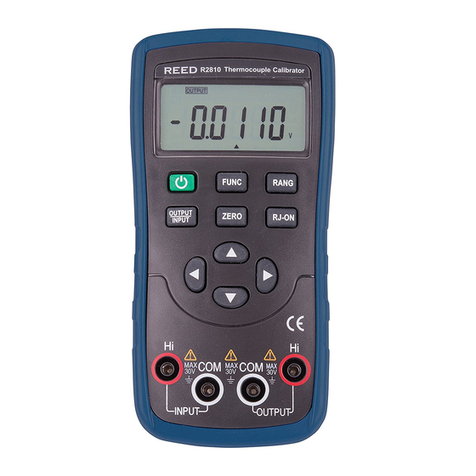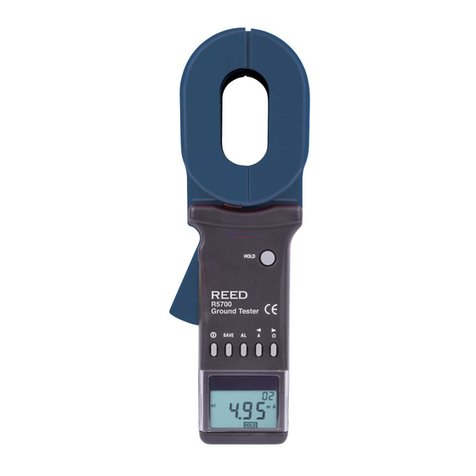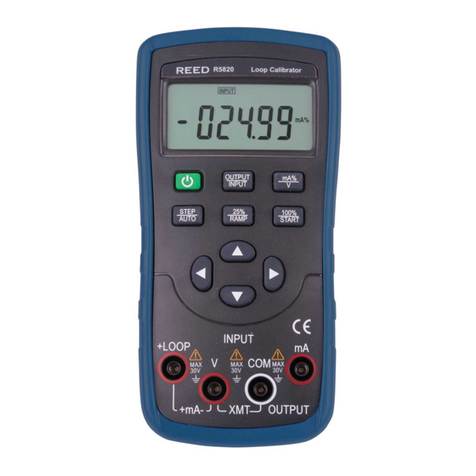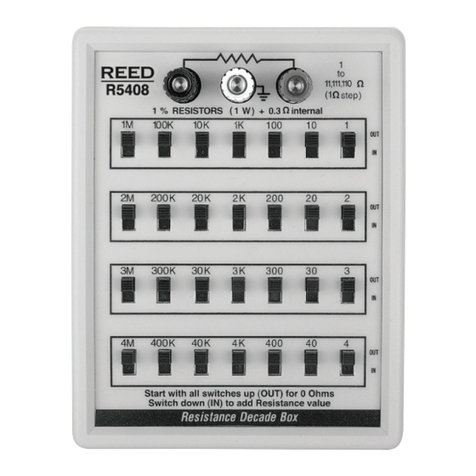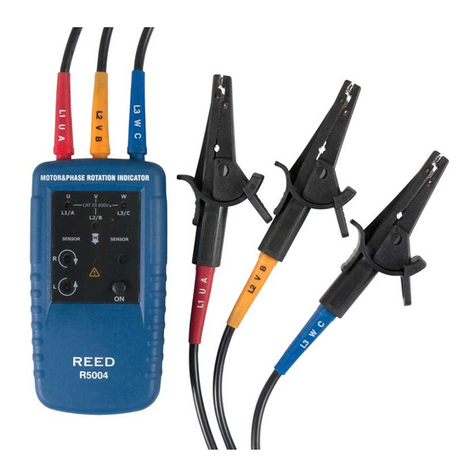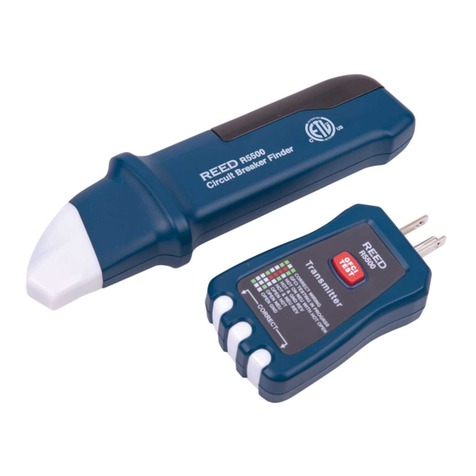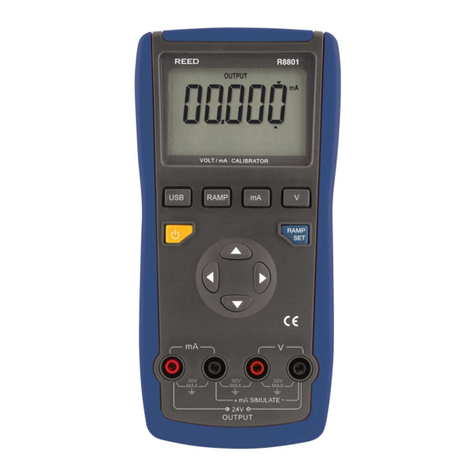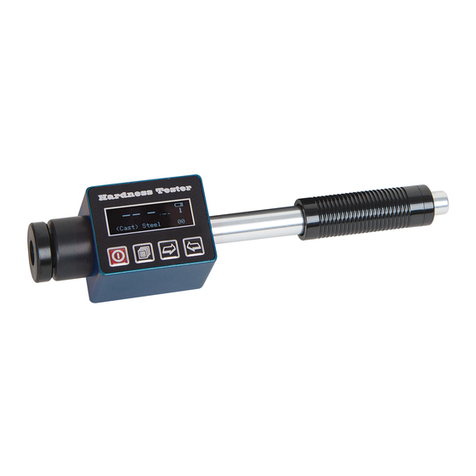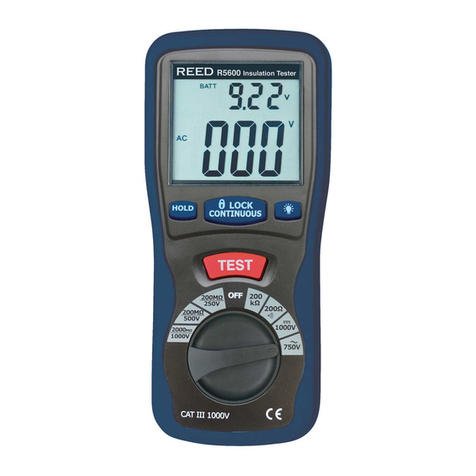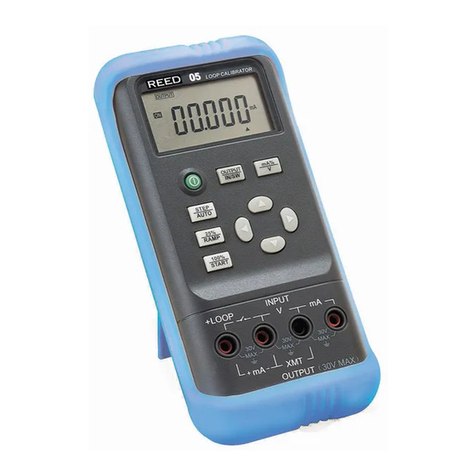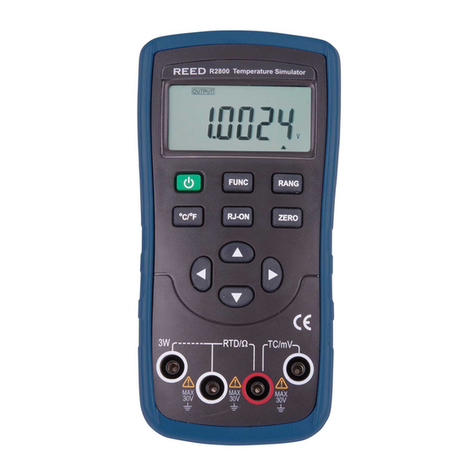1
Contents
1 General Description ........................................................................................................3!
1.1 Features ................................................................................................................3!
1.2 Main Application and Testing Range ..................................................................4!
1.3 Types and specification........................................................................................8!
1.4 Operating conditions:.........................................................................................10!
2 Structure features and Testing principle .......................................................................11!
2.1 Structure features ...............................................................................................11!
2.2 Testing principle ................................................................................................12!
3 Technical capabilities....................................................................................................12!
3.1 Specifications .....................................................................................................12!
4 Testing...........................................................................................................................16!
4.1 Preparation and Inspection prior to testing ........................................................16!
4.2 Testing................................................................................................................19!
5 Special prompts.............................................................................................................23!
6 Operation detail.............................................................................................................23!












